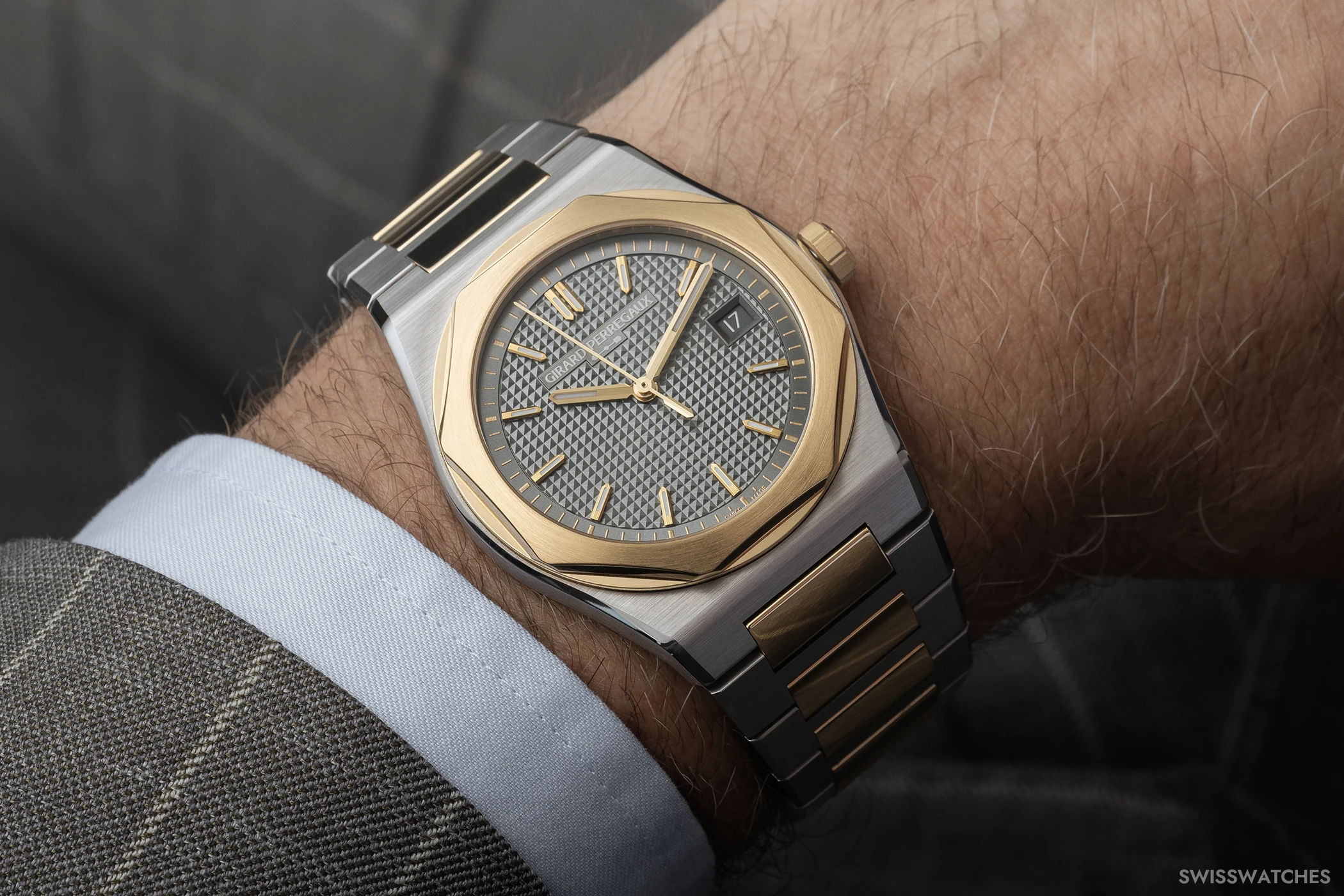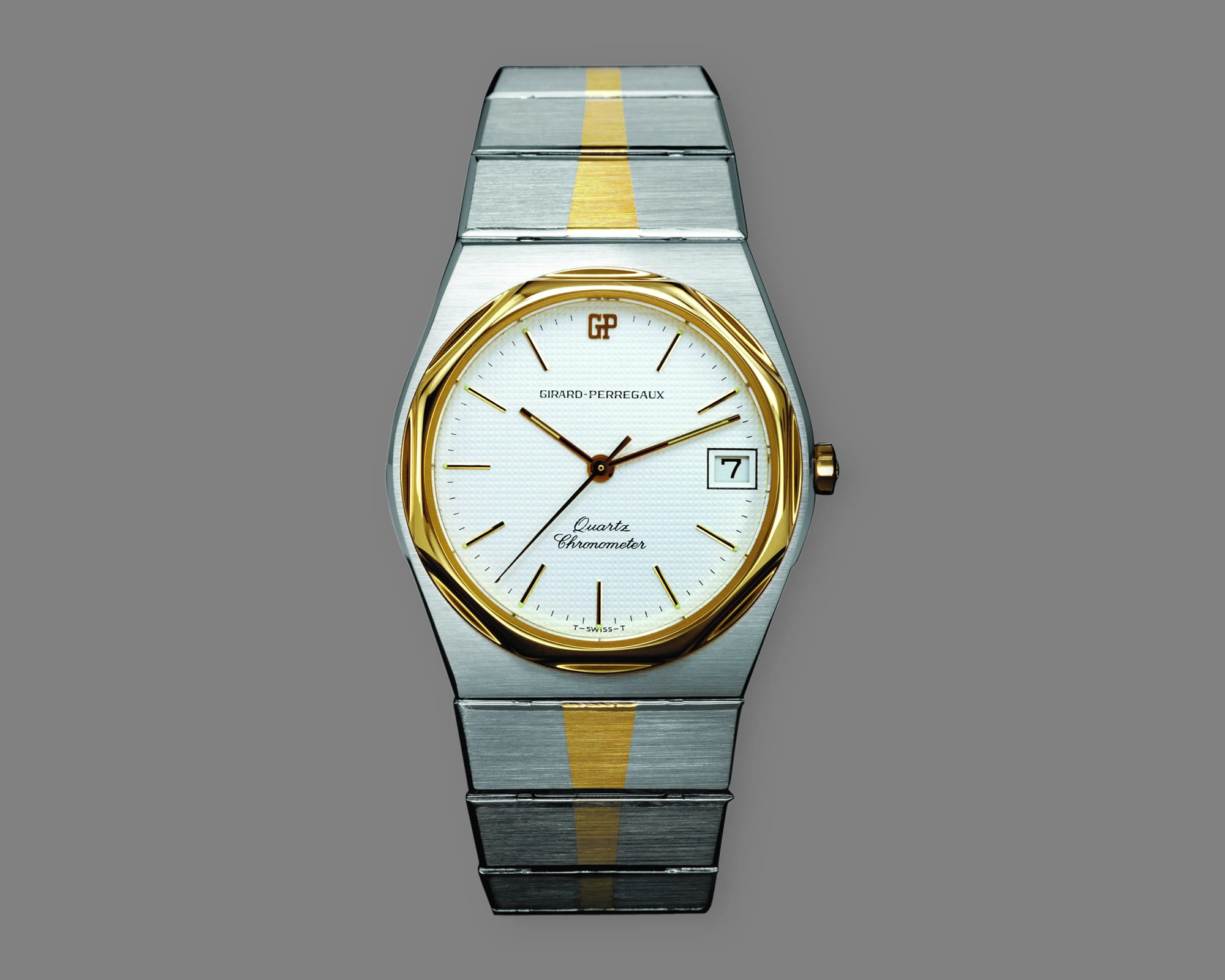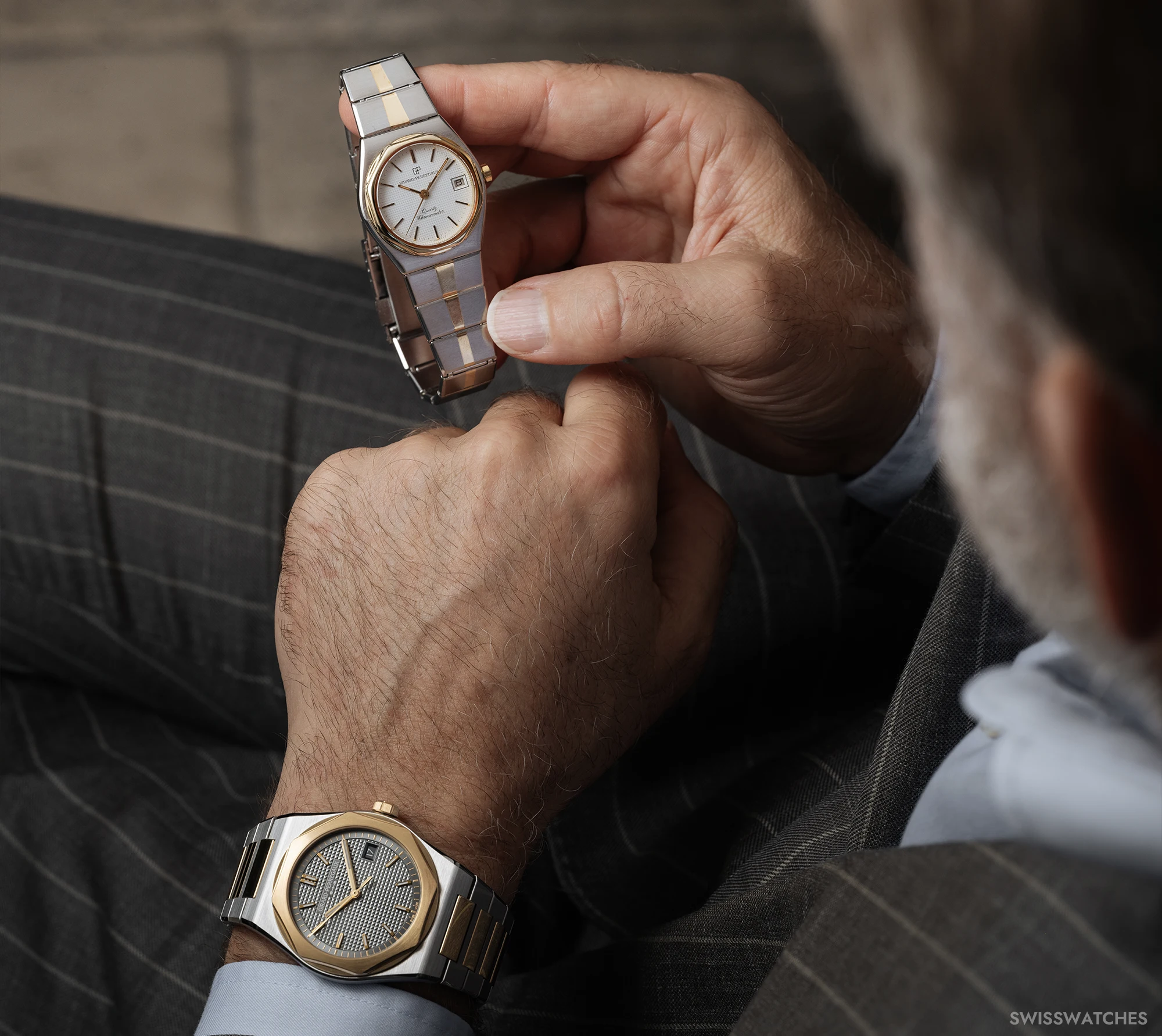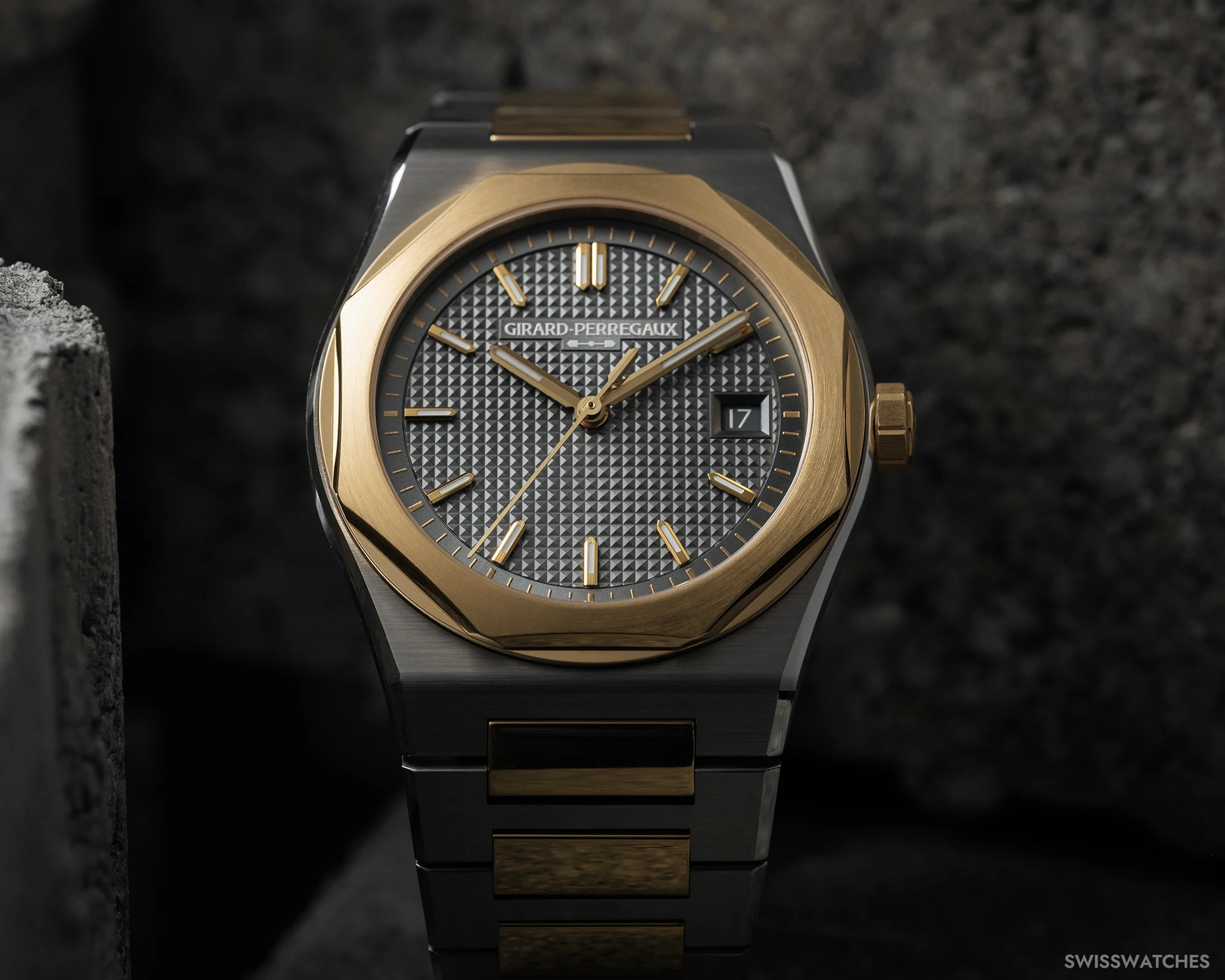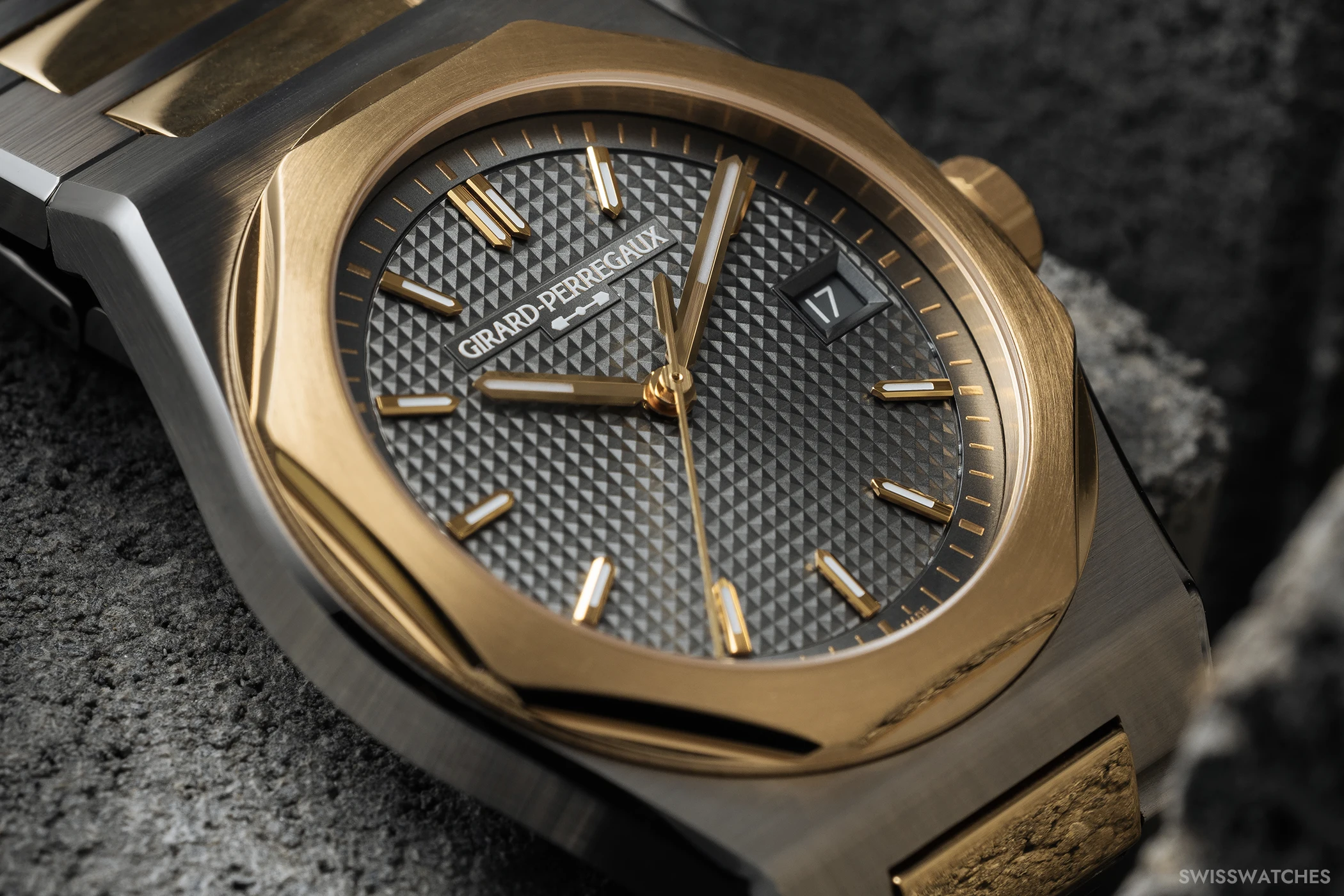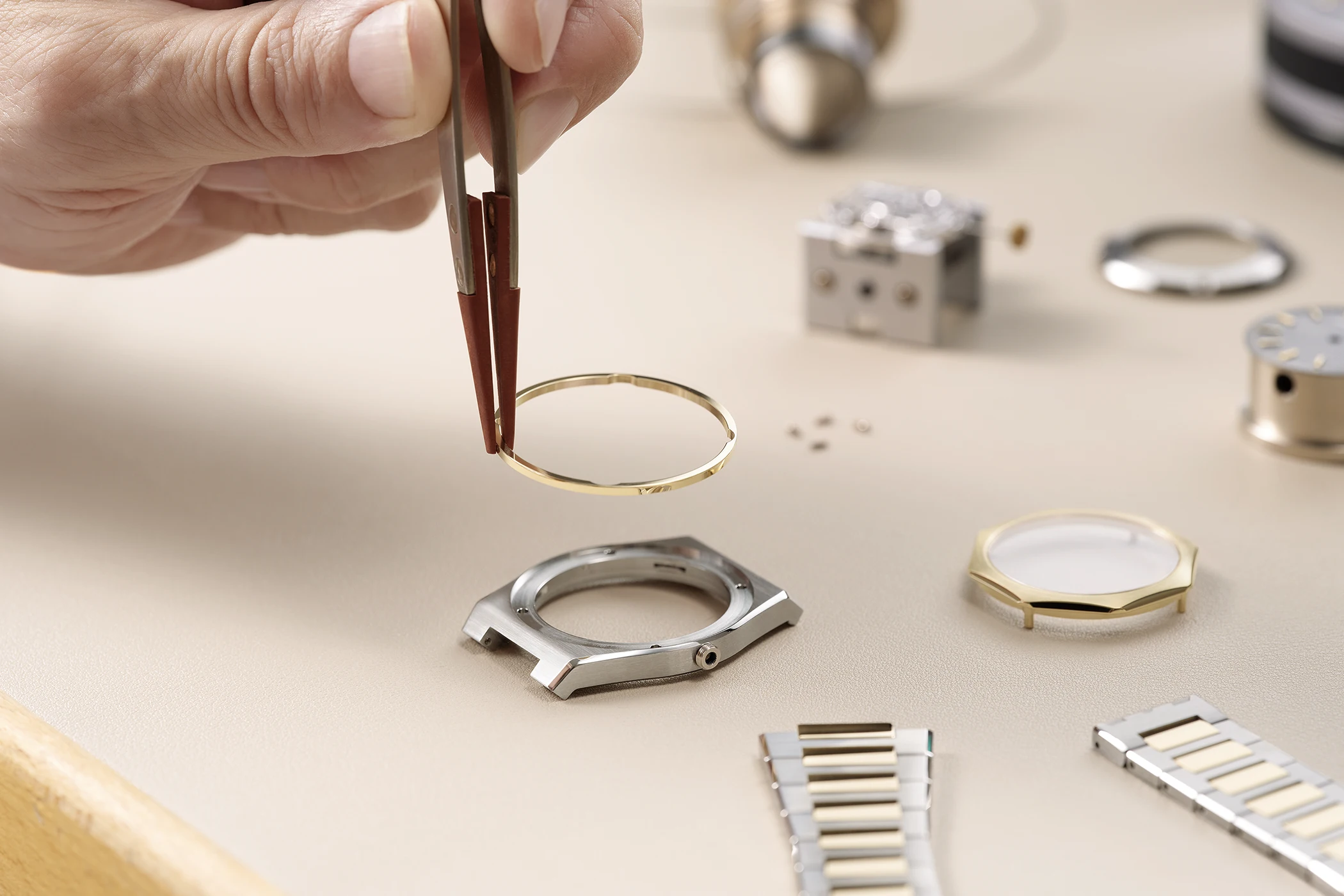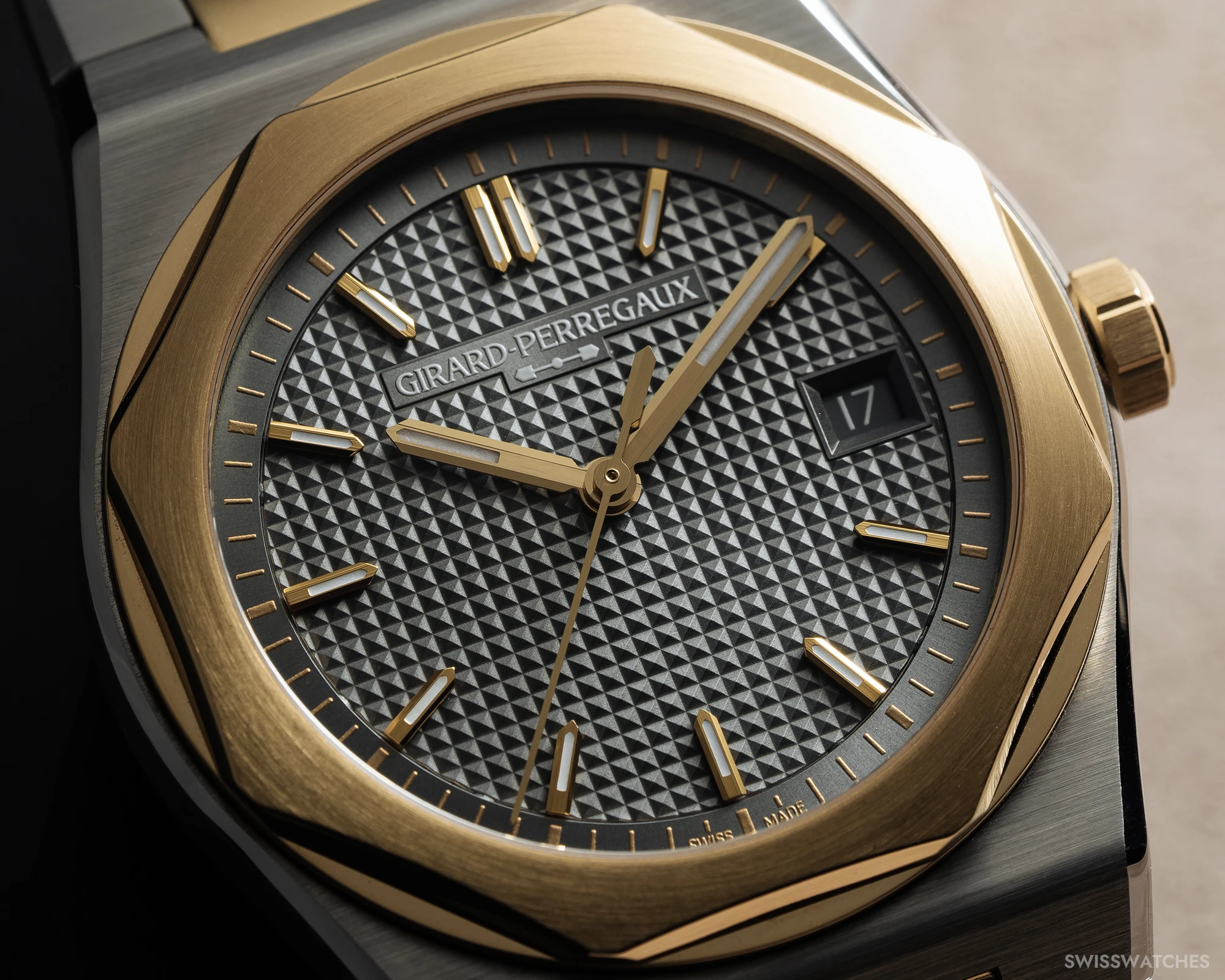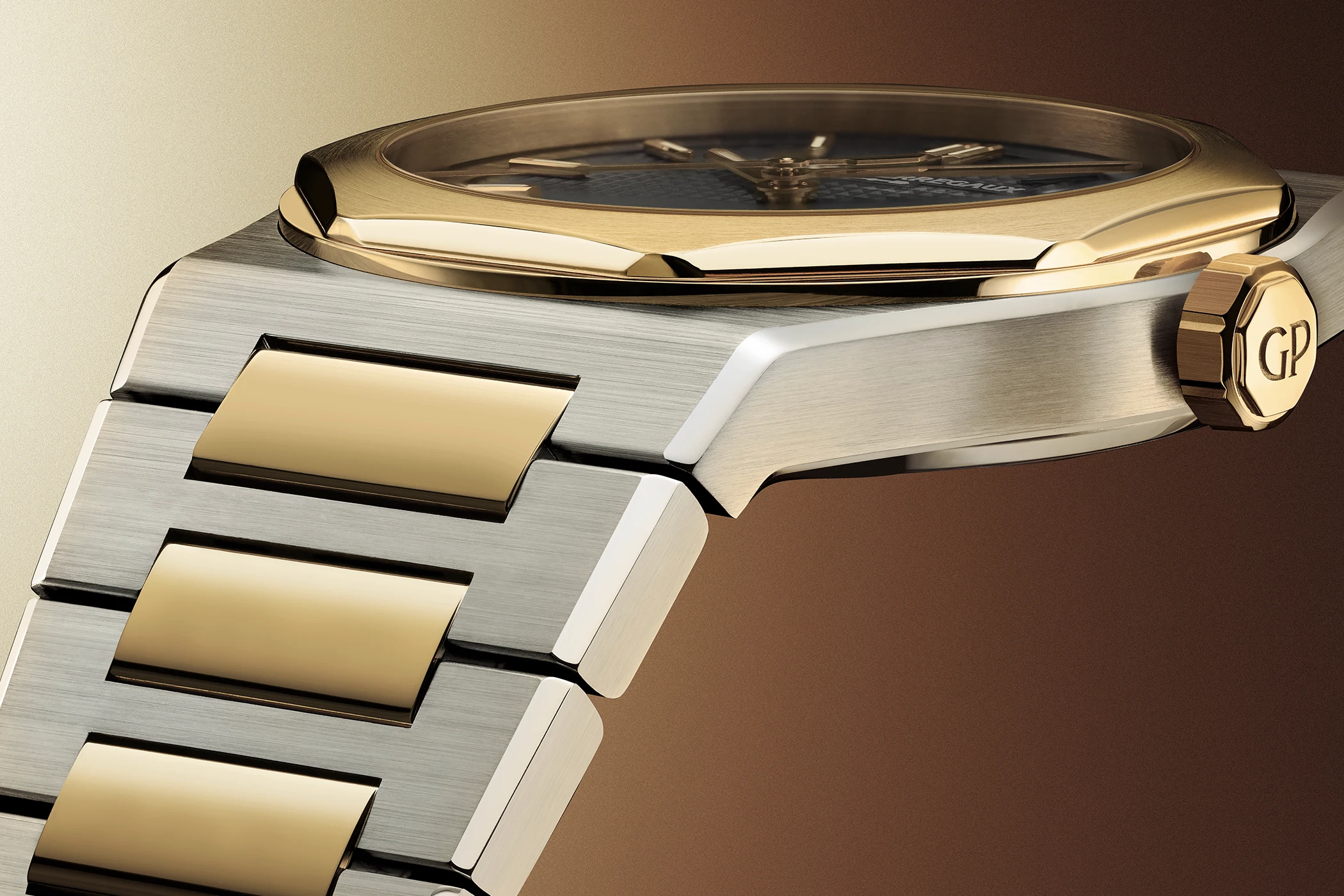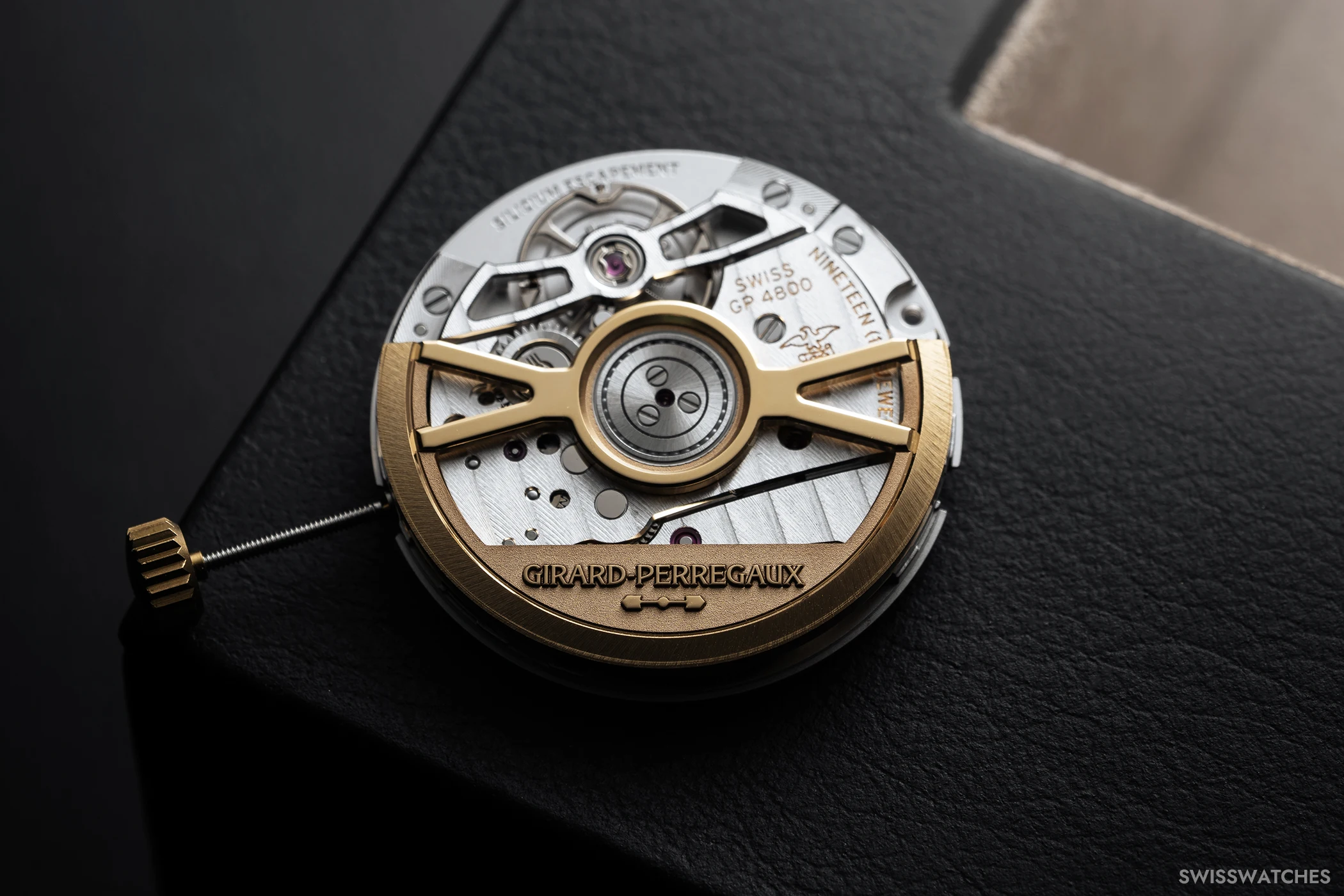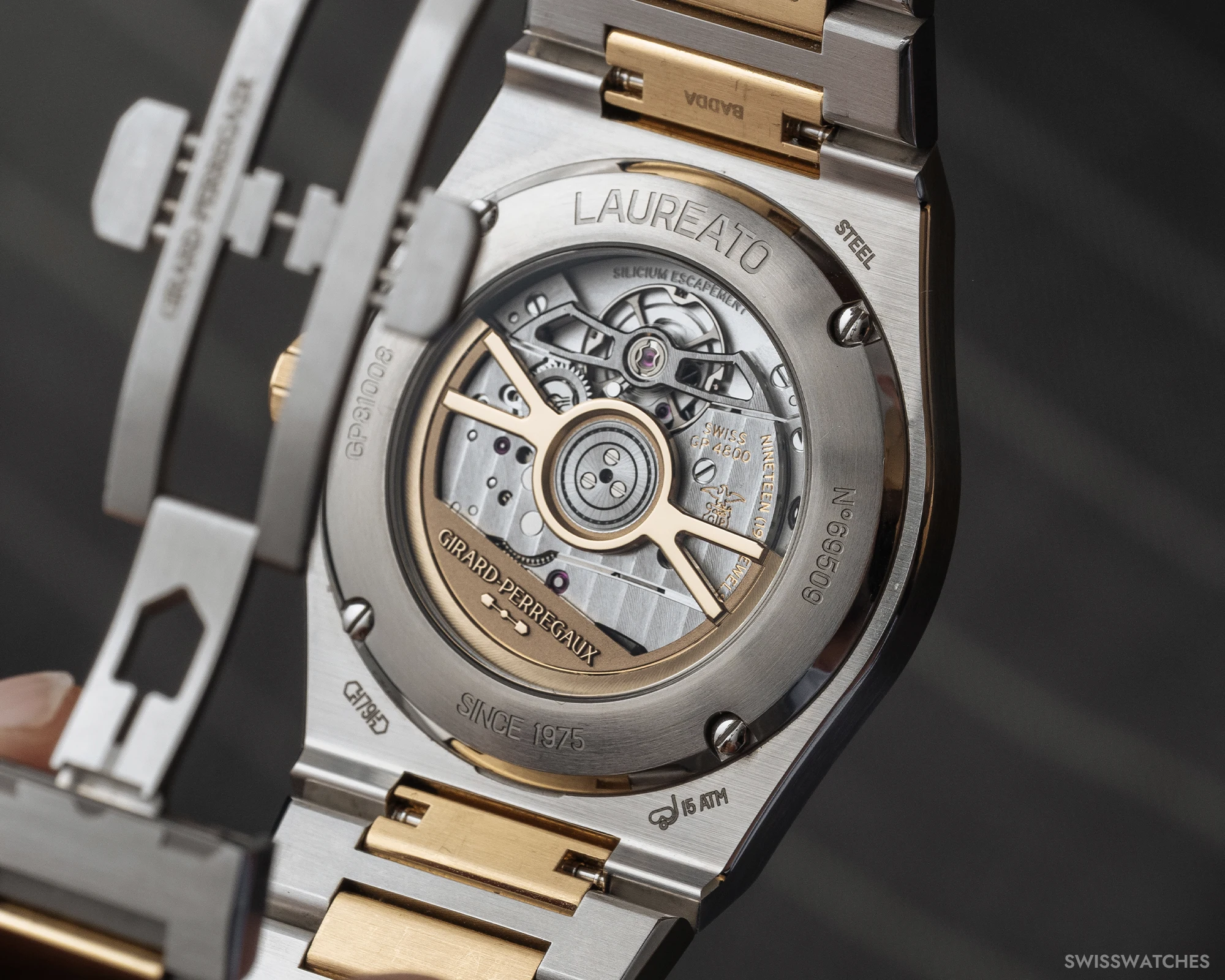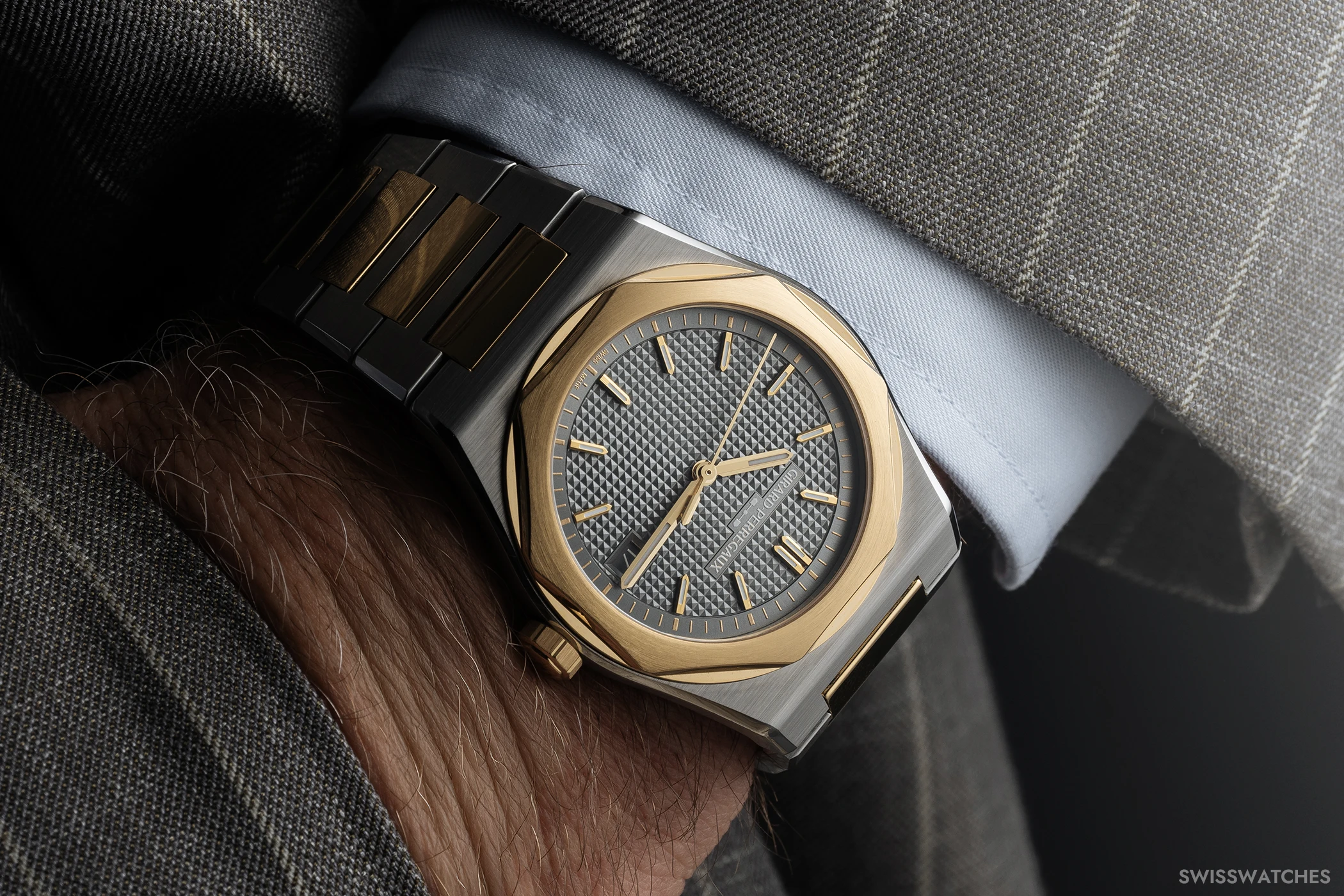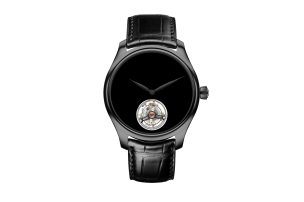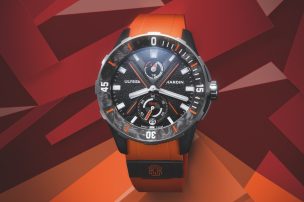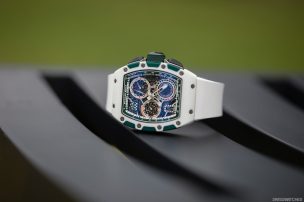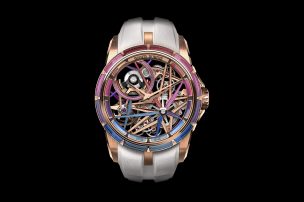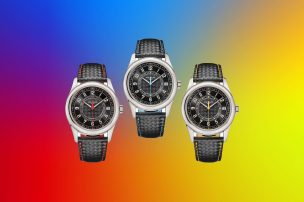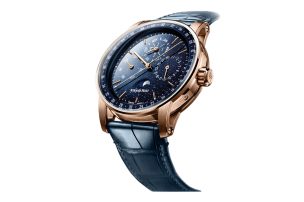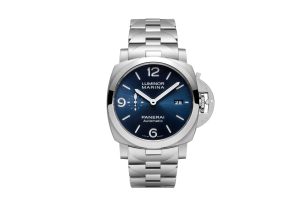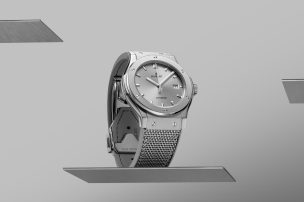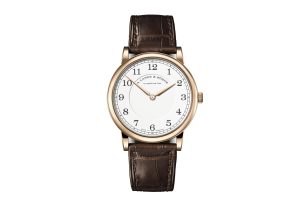
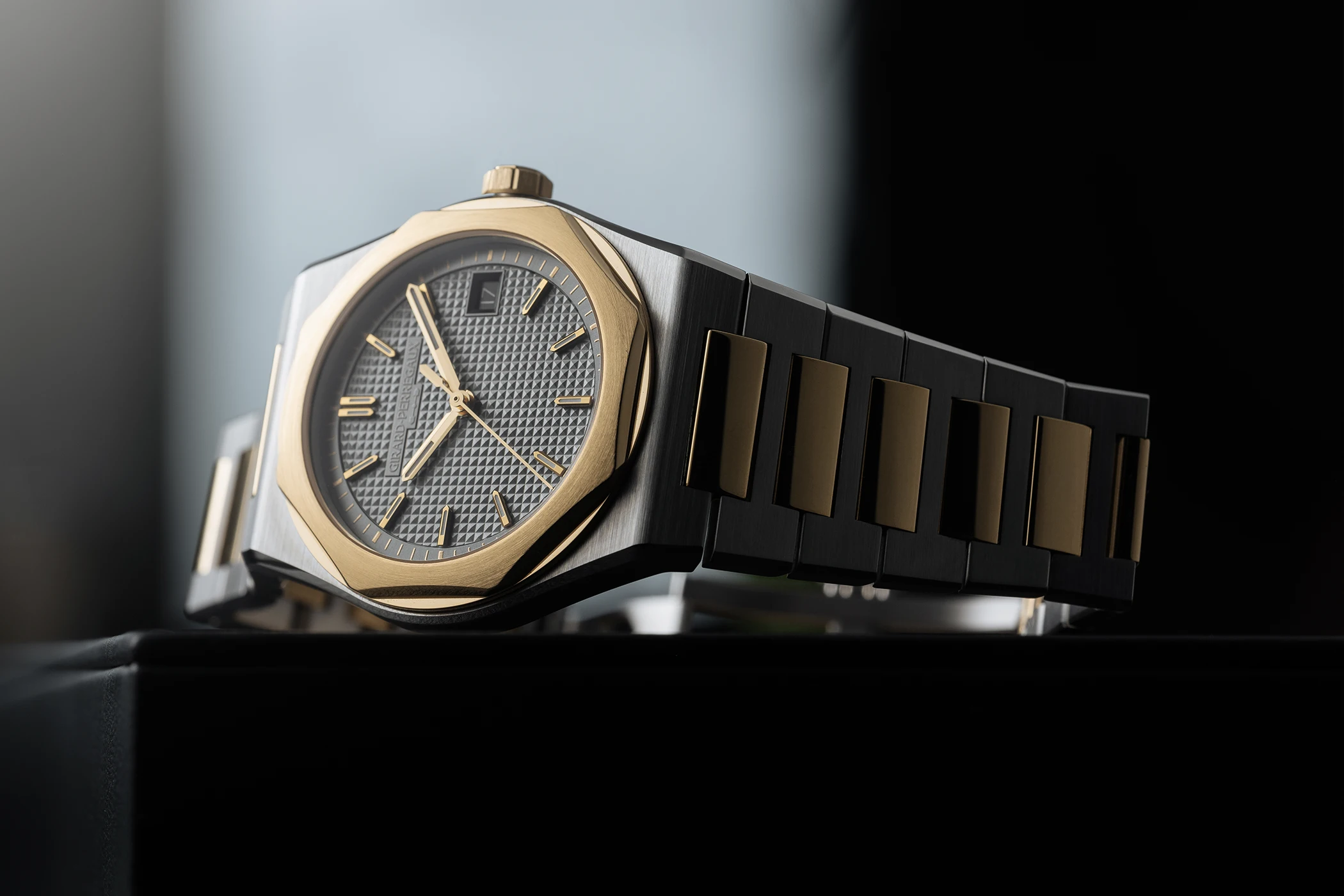
To Mark its 50th Anniversary: Girard-Perregaux Presents the Laureato Fifty with the Newly Developed Calibre GP4800
Girard-Perregaux holds a unique place in the world of watch collecting for several reasons. First and foremost, it ranks among Switzerland’s oldest watchmakers, with origins dating back to 1791. Over the centuries, the manufacture has earned a reputation as a truly vertically integrated watchmaker, boasting a wide range of in-house calibres – from minute repeaters to the movement that has become its hallmark like no other: the Tourbillon with Three Bridges, first developed by Constant Girard in 1867. More recently, in 2022, Girard-Perregaux regained its independence after several years under the umbrella of the Kering Group – best known for its fashion brand Gucci.
Despite a portfolio that includes more than 30 calibres, over 80 patents, and a company history spanning more than 230 years, one watch stands out today as the emblem of the modern Girard-Perregaux identity: the Laureato. Originally launched in 1975 as the brand’s response to the emerging trend of stainless steel sports watches with integrated bracelets, the model is celebrating its 50th anniversary this year. To mark the occasion, the brand is presenting the Girard-Perregaux Laureato Fifty – a limited edition of 200 pieces that not only draws on the design heritage of the original Laureato, but also debuts the all-new GP4800 calibre. This new movement represents a significant step forward in both innovation and construction. Here is everything you need to know about the anniversary edition and its new movement.
An Introduction to the History of the Laureato
To understand the origins of the Laureato, one must revisit the 1970s. In 1972, the Royal Oak – designed by Gérald Genta – made headlines with its distinctive design: an octagonal bezel with eight hexagonal screws, a monobloc tonneau-shaped case, and an integrated bracelet. It became the most expensive steel watch ever made. For the first time, a timepiece combined robust functionality with the horological prestige of the Vallée de Joux, laying the foundation for the luxury sports watch in steel with a fully integrated bracelet.
In the wake of this development, Girard-Perregaux introduced its own take on the concept in 1975: the Laureato. Characterised by a slim, tonneau-shaped stainless steel case with a bi-colour metal bracelet integrated into the design, the watch featured a Clous-de-Paris pattern on the dial – a detail still central to the collection today – complemented by simple baton markers and hands. However, it was the polished, octagonal bezel that gave the Laureato its distinctive aesthetic.
Just one year later, other brands – including Patek Philippe and IWC – approached Gérald Genta in the hopes of harnessing his flair for harmonious design. This resulted in the launch of further integrated steel sports watches, including the Nautilus and the Ingenieur, both unveiled in 1976.
Unlike many of its contemporaries, however, the Laureato was not the result of Genta’s creativity. Instead, it was conceived entirely in-house. The first Laureato model, launched in 1975, was powered by quartz technology – a reflection of Girard-Perregaux’s efforts at the time to set new chronometric standards in the field of quartz. As early as 1966, the company had established its own research and development division to explore the potential of quartz systems. Five years later, this division introduced the GP350 calibre – a quartz movement operating at 32,768 Hz, a frequency that would go on to become the global standard for quartz timekeeping. In 1977, two years after the launch of the Laureato, no less than 83 per cent of the quartz patents registered with COSC were held by Girard-Perregaux.
The Laureato underwent its first aesthetic update in 1984, followed by further redesigns in 1995 and 2005. Then, in 2016, to mark the brand’s 225th anniversary, the Laureato received its most significant evolution to date – both visually and technically – resulting in the design we recognise today. Incidentally, the name ‘Laureato’ was suggested by the brand’s then Italian distributor, inspired by the Italian title of the film The Graduate – Il Laureato.
The Girard-Perregaux Laureato Fifty in Detail
With the Laureato Fifty anniversary edition, Girard-Perregaux unveils a timepiece limited to 200 pieces that marks the 50th anniversary of the Laureato. The interplay of yellow gold and steel across the case, bezel, dial, and bracelet lends the watch a classic aesthetic – deliberately echoing the original model from 1975.
The Laureato Bezel
A closer look at the anniversary edition inevitably draws attention to the most distinctive feature of the Laureato: its unusual octagonal bezel. Yet it is not the eight-sided shape itself – which can also be found on other watches in this segment – that sets it apart, but rather its technical construction. Contributing to the watch’s 150-metre water resistance, the bezel is physically screwed into the case. Whereas, for instance, the Royal Oak’s bezel is held in place by screws with a separate gasket beneath, the Laureato’s bezel is directly affixed to the case – much like a screw-down caseback on a Rolex. As such, the bezel is not merely an aesthetic detail, but a functional component that seals the watch from the front.
Case and Dial of the Laureato Fifty
The bezel rests on a round baseplate, which in turn is integrated into a reworked tonneau-shaped case measuring 39 millimetres in diameter and 9.8 millimetres in height. The top surface of the case features horizontal satin brushing, while the flanks are vertically brushed. The deep grey dial showcases a refined sunburst finish and a Clous de Paris pattern that adds texture – a motif already present on the original 1970s Laureato. Applied markers and slender baton hands, made from 3N gold-plated rose gold, are filled with white luminescent material to match the case’s warm tone. The central seconds hand features a counterweight shaped like the GP logo, while the date aperture at 3 o’clock is colour-matched to the dial for visual harmony.
The Integrated Bracelet
A defining feature of the sporty steel watches of the 1970s – and of the Laureato itself – is the integrated bracelet. The new model adheres to this design philosophy: the case flows seamlessly into the outermost bracelet links, which taper significantly towards the wrist. Compared to earlier versions, the H-shaped stainless steel links have been shortened. A more prominent, faceted chamfer now runs along the case flanks and continues along the edges of each bracelet link. The primary links are crafted from brushed stainless steel, while the contrasting intermediate links are made of polished yellow gold.
The New GP4800 Movement
The anniversary edition also serves as a platform to debut Girard-Perregaux’s newly developed base calibre GP4800, unveiled in late September. Visually refined and chronometrically precise, the automatic movement represents the result of a four-year development process. It is a technical evolution that brings improved shock resistance, greater protection against magnetism, and enhanced accuracy and power reserve.
To achieve these advancements, the brand introduced several key innovations. Most notably, the escapement’s anchor and escape wheel are now made from silicon, a material prized for its anti-magnetic properties, low mass, and smooth, low-friction surfaces. These characteristics reduce energy loss, improve timekeeping performance, and minimise wear, ultimately extending the movement’s longevity.
The GP4800 also features a free-sprung balance with four recessed white-gold screws for fine regulation directly on the balance rim. This brings the calibre functionally in line with movements from Rolex, Patek Philippe, and Audemars Piguet. In contrast to conventional index regulation, the hairspring remains unchanged in length – ensuring a stable centre of gravity and improving precision.
In addition, the movement’s winding system has been reengineered. It now employs a unidirectional rotor mounted on ceramic ball bearings, which reduces wear and improves efficiency. Once fully wound, the power reserve is between 55 and 60 hours. According to Girard-Perregaux, extending this further would compromise the movement’s height and the overall slimness of the watch.
Beyond its technical credentials, the GP4800 also marks an aesthetic milestone for the brand. It is its first ‘simple’ movement – indicating hours, minutes, seconds, and date – whose architecture is directly inspired by Girard-Perregaux’s most emblematic design element: the Three Bridges. Just like the brand’s Tourbillon with Three Bridges, the calibre is structured around three vertical bridges. There is a skeletonised one for the balance wheel, another for the gear train, and a third for the mainspring barrel. Also noteworthy is the newly introduced balance bridge, which is secured on both sides rather than cantilevered – improving the stability of the oscillating system. A stop-seconds mechanism has also been integrated, halting the balance wheel when the crown is pulled and allowing for precise time setting to the second.
